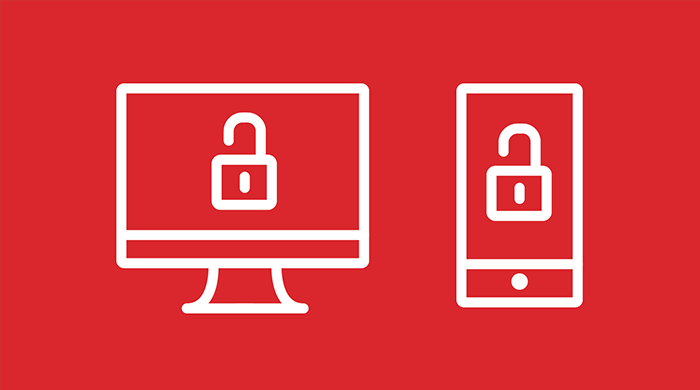A few days ago, Facebook founder Mark Zuckerberg was the latest high-profile victim of a hack attack. After being inactive for a few years, there were suddenly a couple of updates on his Twitter and Pinterest accounts. In a now deleted tweet, the hackers—a notorious group called OurMine—claimed that they attained the password from a LinkedIn dump of usernames and passwords from the site dating from 2012; these details were leaked online last month.
Hacking cases aren’t uncommon, be it an organisation’s website or a celebrity’s social media account but Mark Zuckerberg’s situation poses several unbelievable points. Also, it’s because it’s Mark Zuckerberg, the CEO of the world’ largest online social network. If the information posted by OurMine is true, his password was “dadada”—which is beyond weak, even for the online scene in 2012 where a combination of alphabets and numbers was definitely recommended.
His next mistake was reusing it on other sites and then, not changing it all this while. Granted that it’s not exactly a password that anyone would have guessed, it still doesn’t mean the ‘professional’ hackers wouldn’t be able to work it out. So don’t be like Mark and put your social media accounts at risk. Your data is more valuable than you think and a lot of us tend to expose much of our personal lives and information online. Here are a couple of basic things you can do to secure your online accounts.
1. Create a strong password
Question: How? Answer: Simple. It should have at least 12 characters and contains a mix of numerals, lowercase and uppercase letters. It should not contain personal information that is easily guessed or found on your social media profiles such as names or birthdays.
2. Have different passwords for different sites or services
Try not to repeat the password on other online sites as hackers can try inputting the same email and password combination. This is especially advisable for important sites like Facebook or Instagram and services that involve money such as PayPal or eBay.
3. Opt for two-factor authentication
Many services like Gmail, Facebook, Instagram and Amazon offer it nowadays. You just set it up by adding your phone number. How it works then is if you log in from a new device or location, an additional code will be sent to your phone to complete the login. Otherwise, the password alone wouldn’t be enough to access your account.
4. Use a password manager app
With many complicated passwords come the problem of actually remembering them all but the good thing is there are apps—safe and secure ones—like Intel Security’s True App and LastPass that can help you store them in one place. All you need to remember then is its master password.
5. Don’t ignore those emails
Finally, if the service sends you emails that there may have been a suspicious sign in detected on your account or suggests you to change your password, do it.
Related stories:
5 Productivity tools that will make your life easier
| SHARE THE STORY | |
| Explore More |




